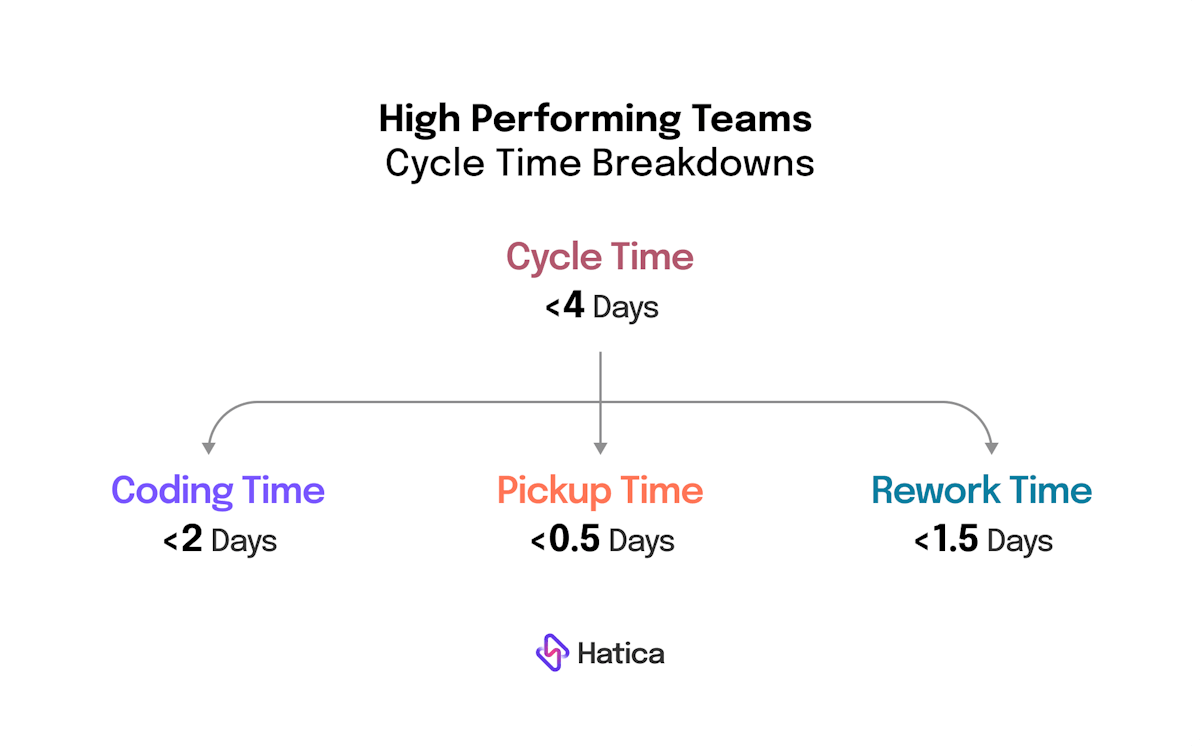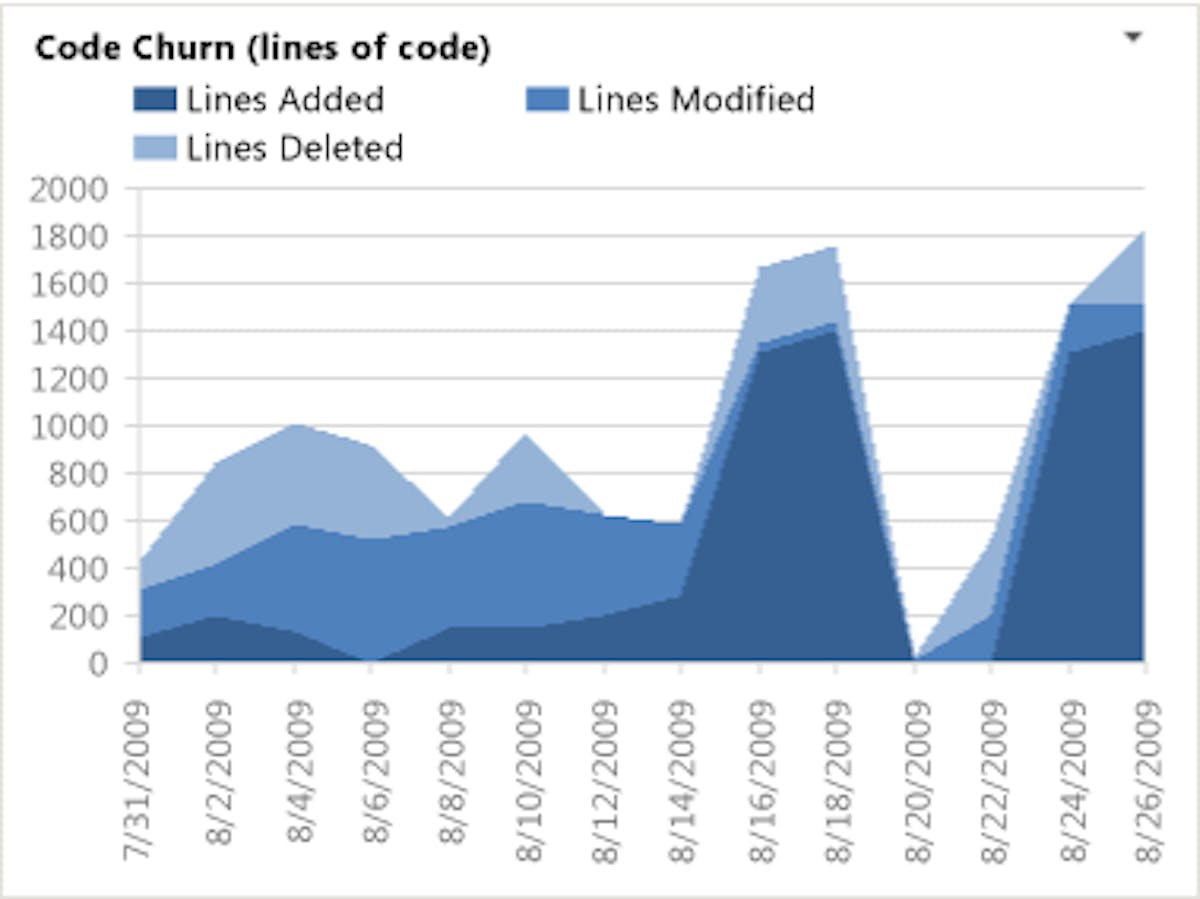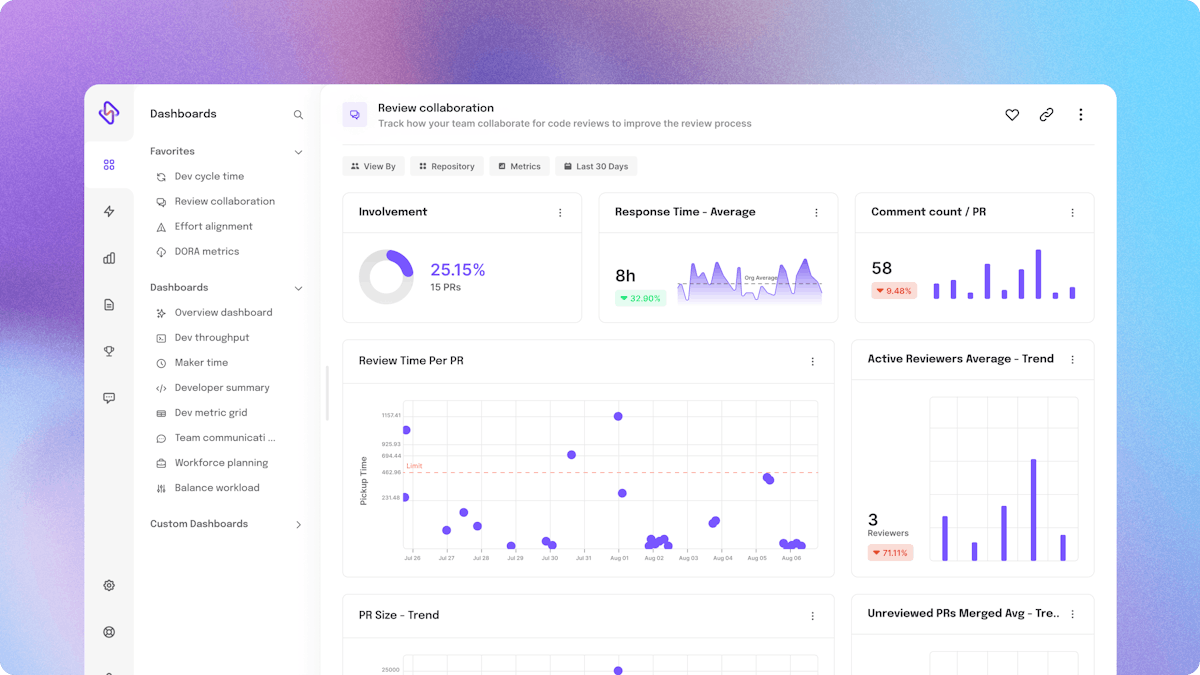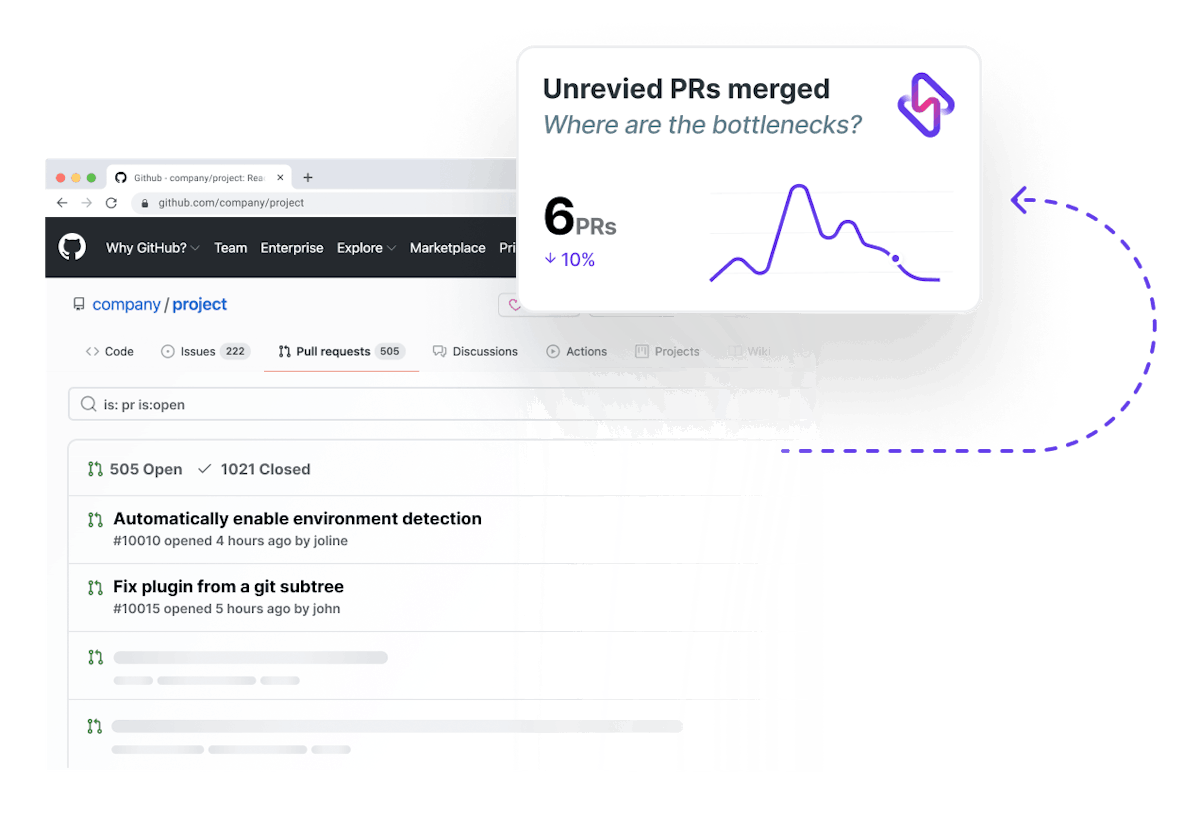Git is a version control system used to maintain, share, and collaboratively develop code. Programmers use Git to track changes made to code. Git analytics allows users to gain visibility into programmers’ work activity by measuring engineer output, processes, and work quality. These engineering analytics provide managers with a viewpoint to assess their team’s performance and project health.
Benefits of Git Analytics for Engineering Teams
Let’s explore the manifold benefits of Git Analytics and how it can be a game-changer for engineering teams.
1. Continuous Improvement
Git analytics allows managers to assess and evaluate the performance of their dev teams. It enables them to identify inefficiencies that risk delivery and also equips managers with data insights that enable them to take necessary action. Data-driven insights to guide team management will assist engineering leaders in reducing engineering inefficiency. This allows teams to foster a culture of continuous improvement.
2. Preventing bottlenecks
Git analytics can provide visibility into a developer’s work activity, serving as a log of engineer’s tasks, progress, and challenges. Managers can use this viewpoint as a daily overview of each developer’s work pattern and identify bottlenecks or anomalies. Using historical data of anomalies, managers can plan 1:1 meetings and stand-ups geared towards process improvements and optimization.
3. Developer Satisfaction
Analytics dashboards provide visual cues to developer performance and progress. Such visualization incentivizes and promotes intrinsic work motivators such as the developer's interest, commitment, and effort. Such intrinsic motivation can translate to better job performance and employee satisfaction, which are critical to employee retention.
4. Optimized Workloads
Git metrics tools provide a single source of truth to managers and developers. Managers have easily accessible and reliable sources of performance data on their team members. Developers gain workplace visibility even if they are working on relatively low-visibility (but, high-impact) work. Such a data-driven view helps managers optimize workloads and also helps prevent burnout by removing the onus of workplace visibility from the developers.
5. Code Quality and Efficiency
Monitoring code quality is essential for any engineering team. Git Analytics helps identify code churn, track code review statistics, and spot areas that require improvement. By addressing code quality issues early, teams can reduce technical debt and produce more reliable software.
6. Tracking and Monitoring Progress
Engineering managers can benefit from Git Analytics by tracking project progress in real-time. Metrics like commit frequency and branching patterns can provide insights into how well a project is progressing and whether it's on schedule.
7. Data-Driven Decision-Making
Data-driven decision-making is at the core of Git Analytics. Engineering teams can use metrics to make informed choices about resource allocation, project prioritization, and process optimization. This leads to more effective development strategies.
What Metrics Should Teams Measure?
Let's dive deeper into the key metrics engineering teams should measure to enhance their development processes and overall productivity.
1. Cycle time








